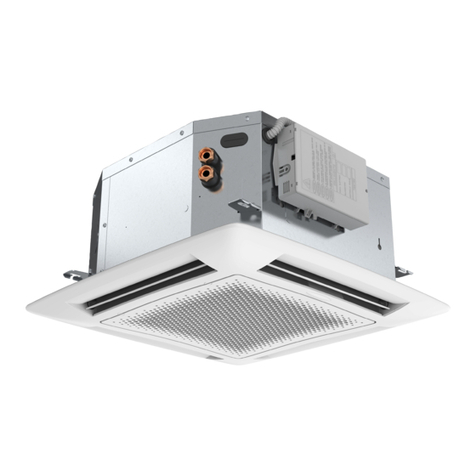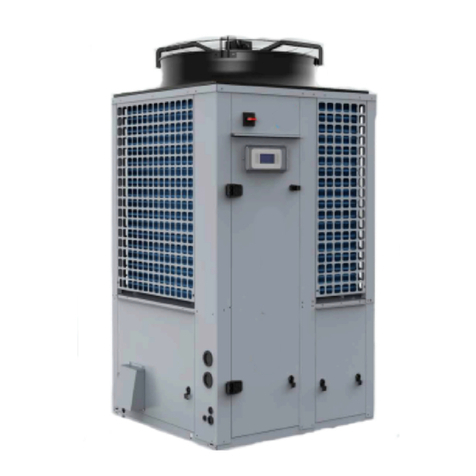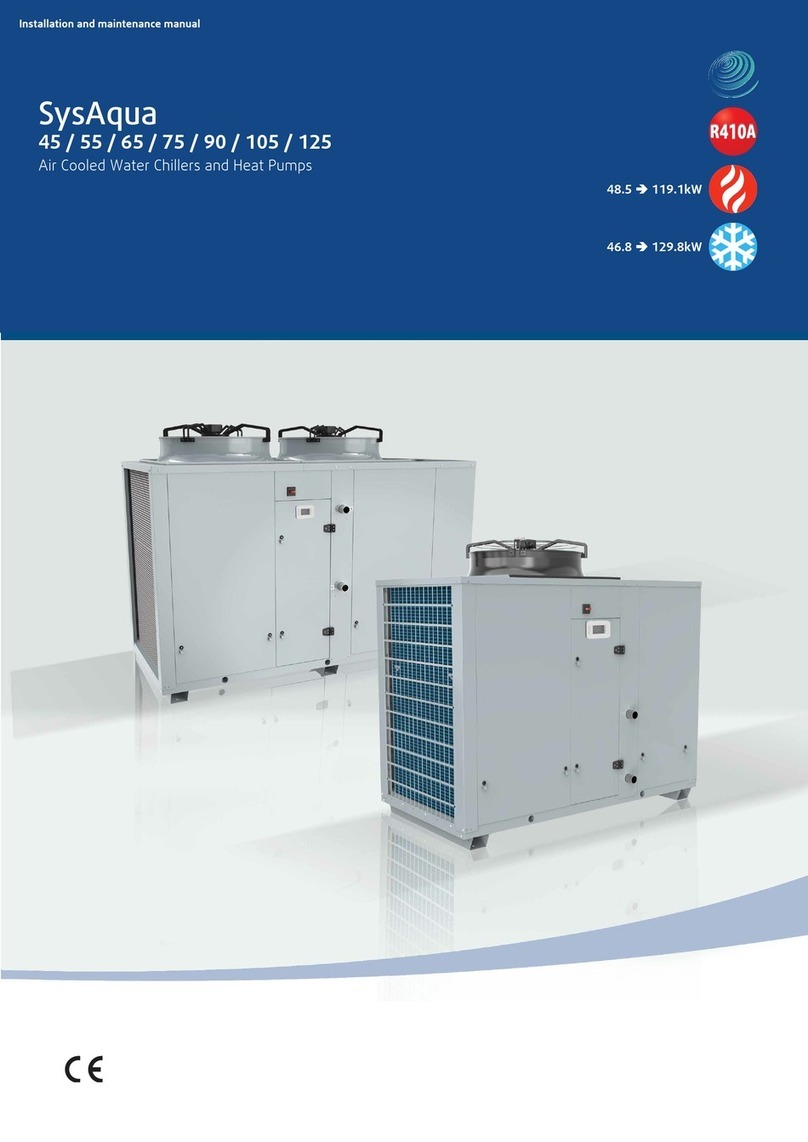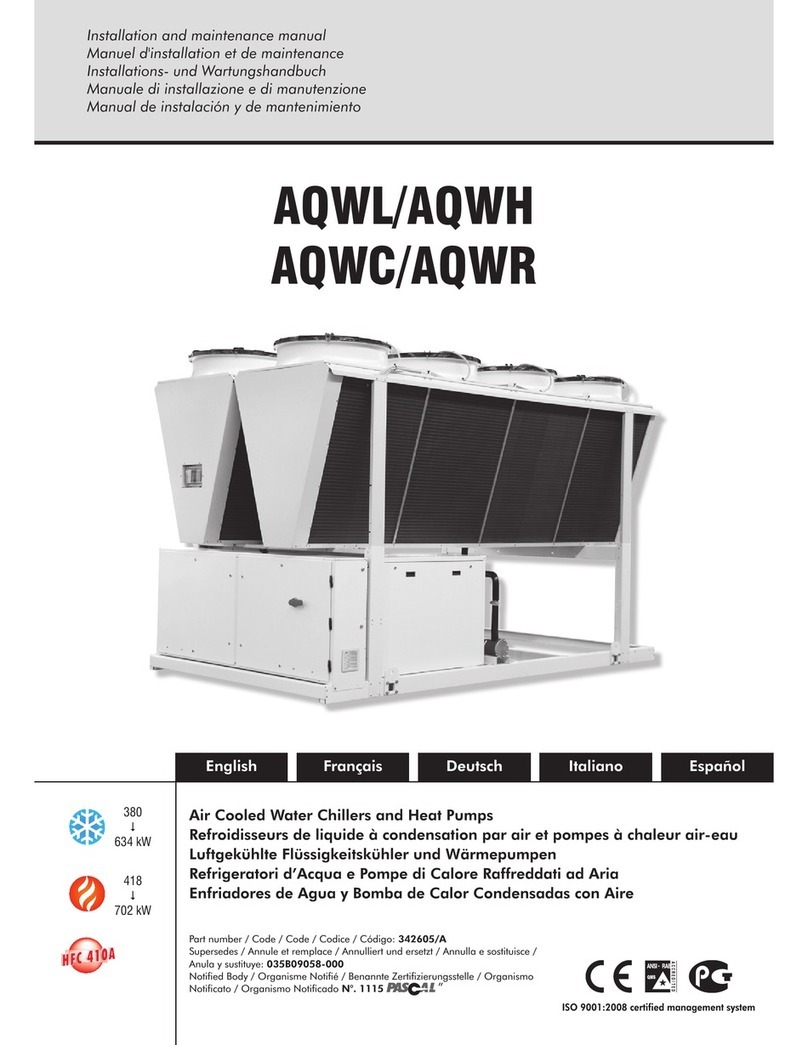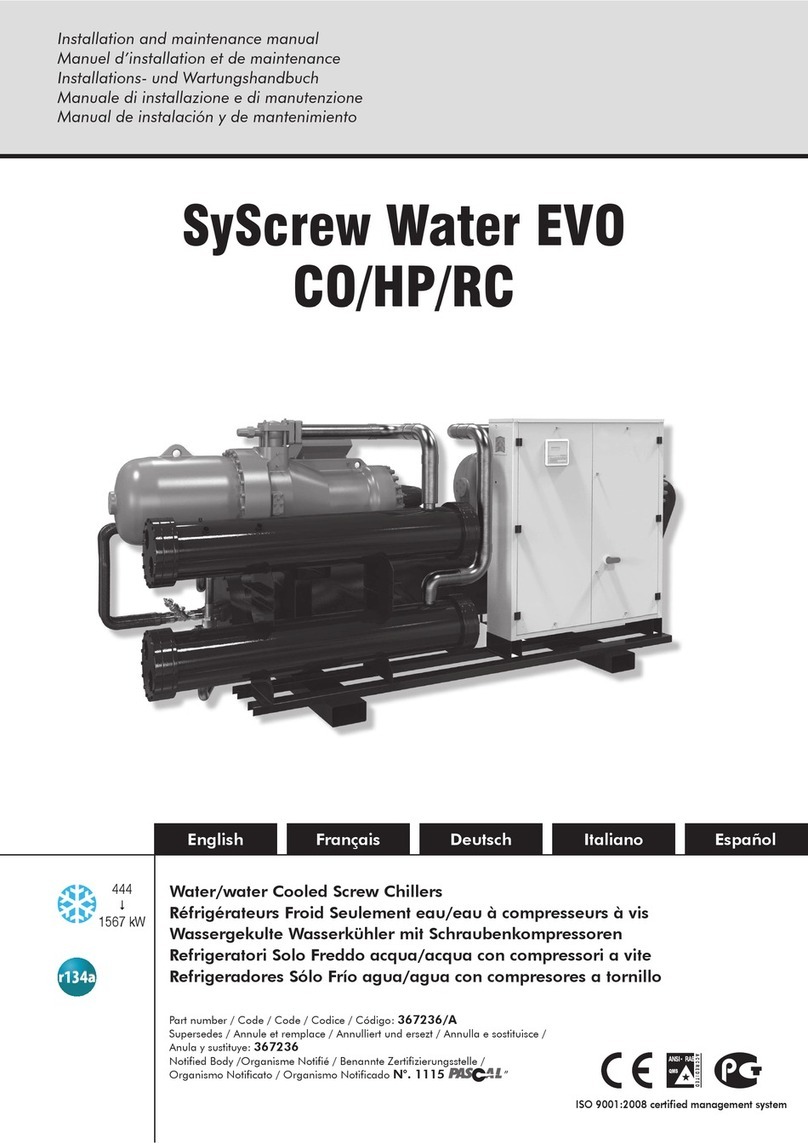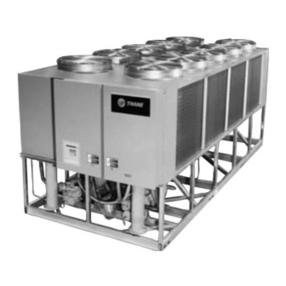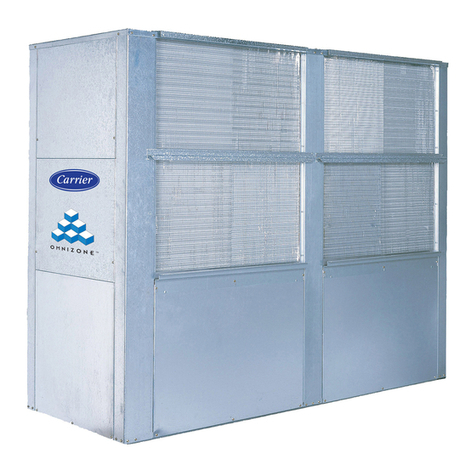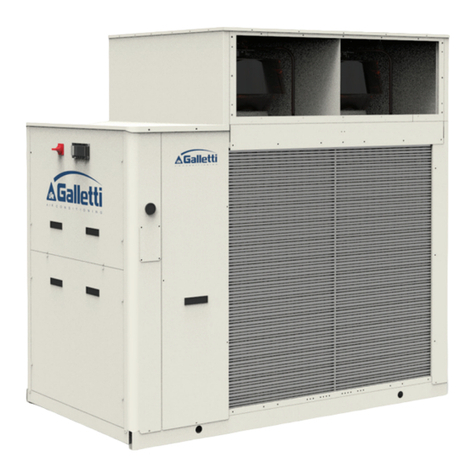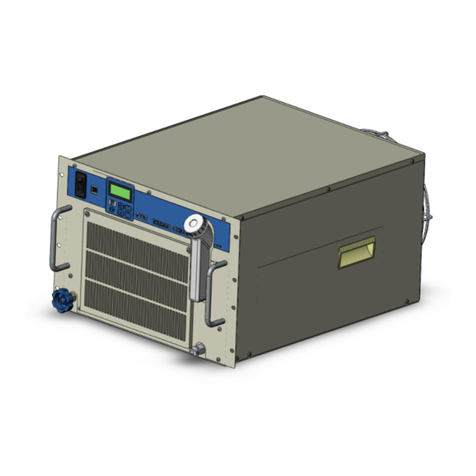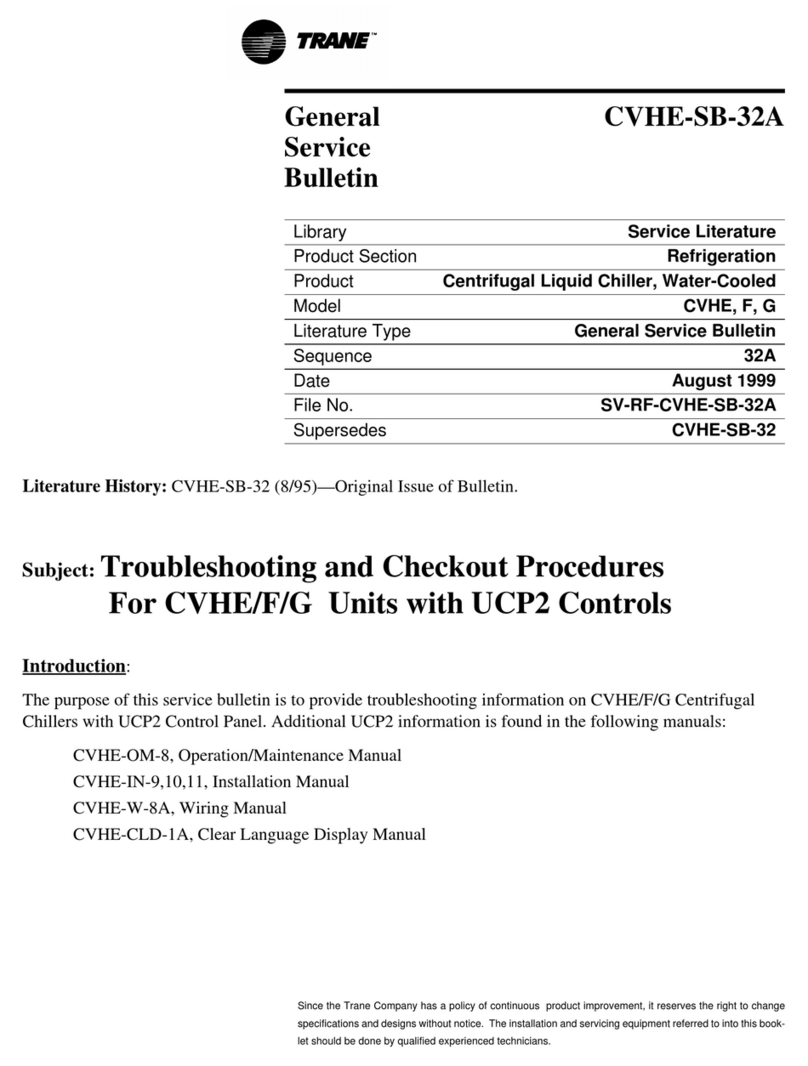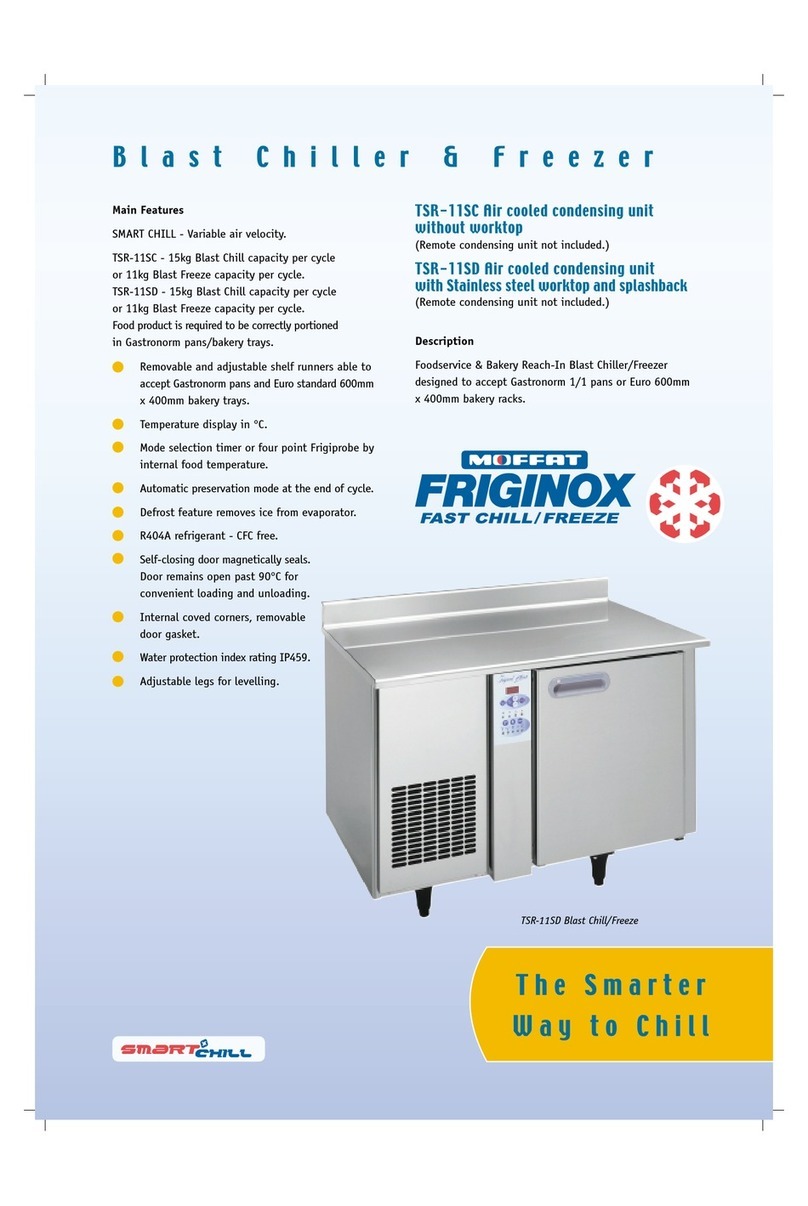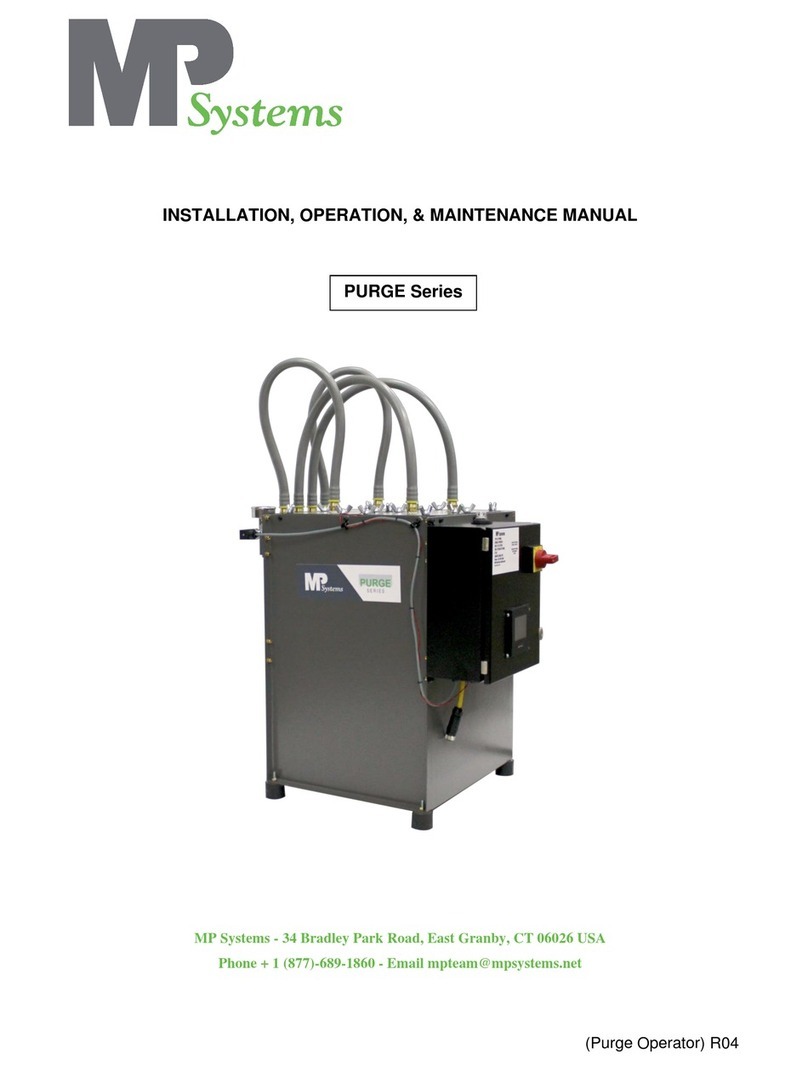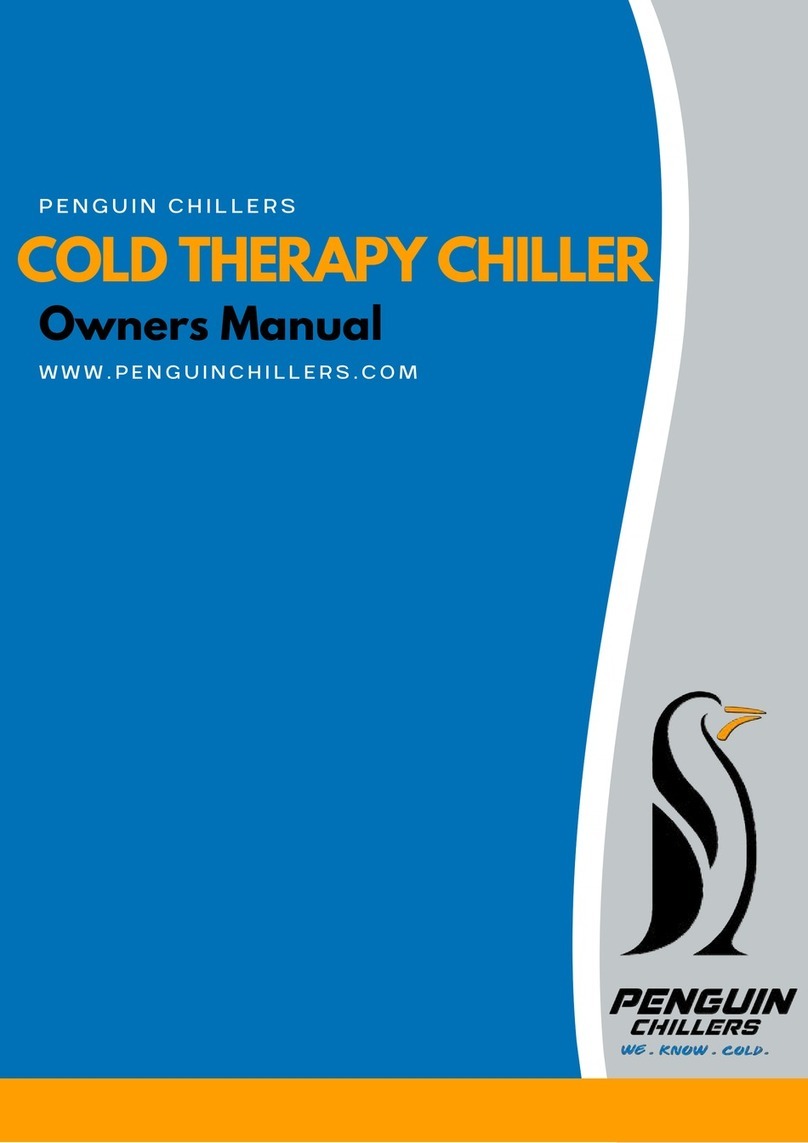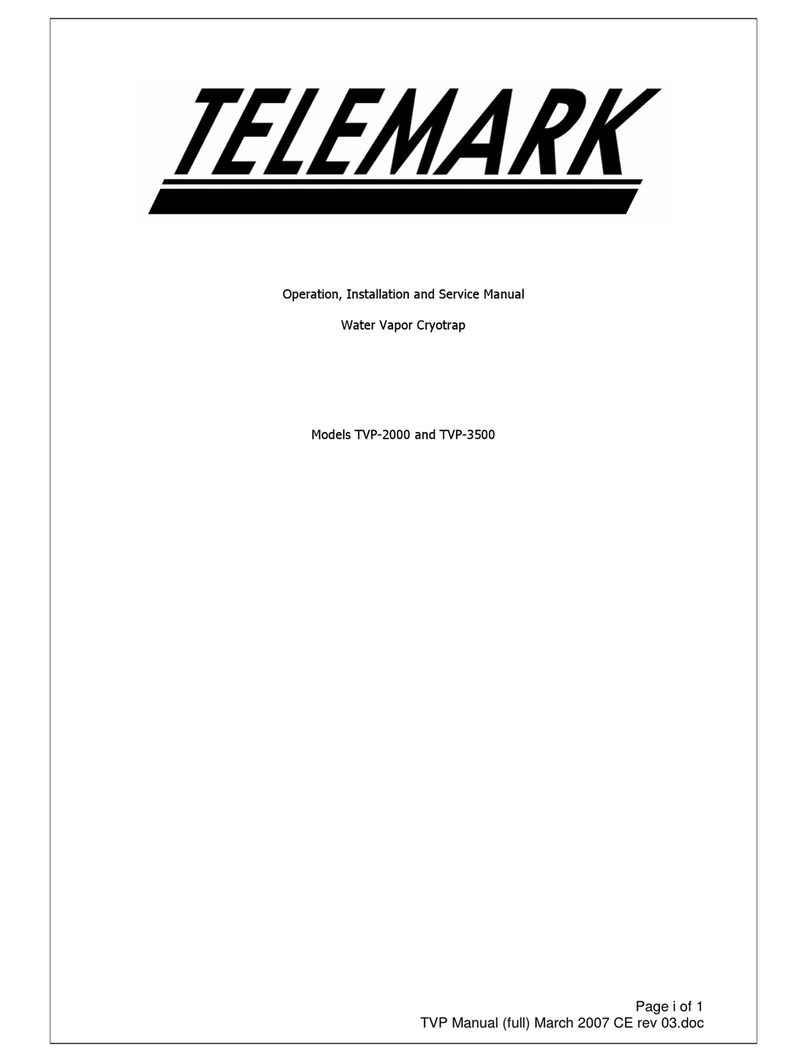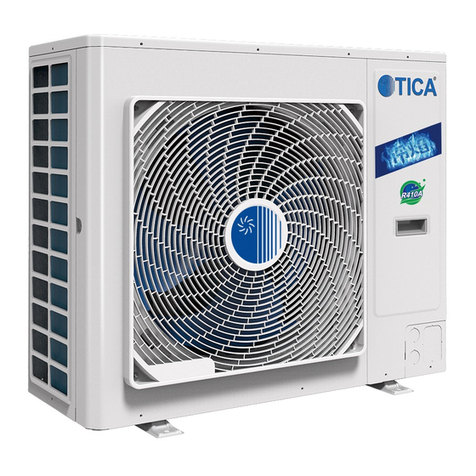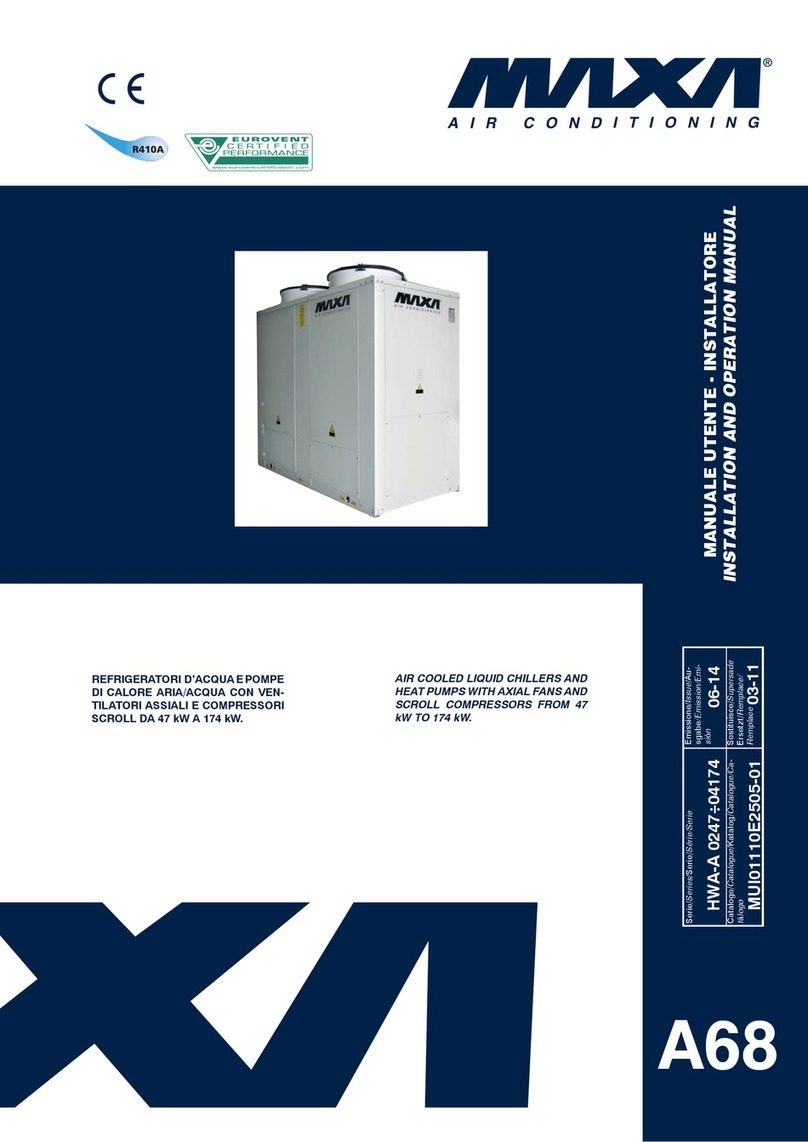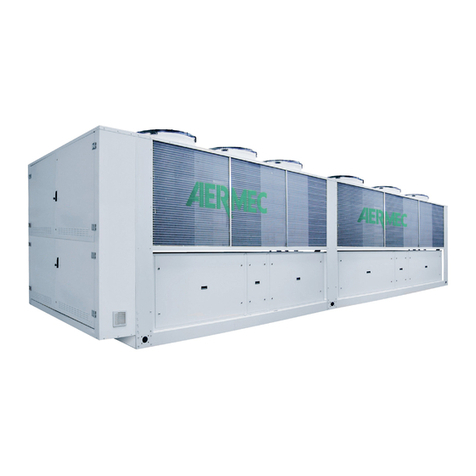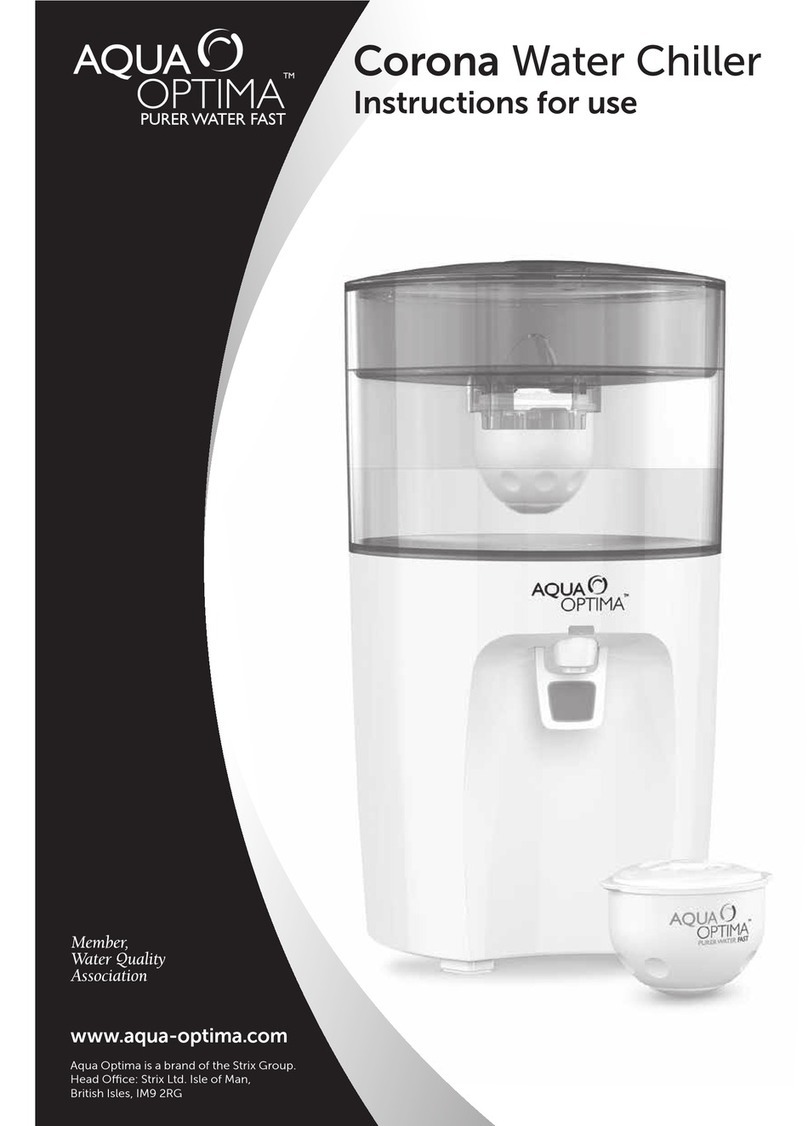4
2 - Safety
2.2 Definitions
OWNER: means the legal representative of the company, body or
individual who owns the plant where unit has been installed; he/she
has the responsibility of making sure that all the safety regulations
specified in this manual are complied with, along with the national
laws in force.
INSTALLER: means the legal representative of the company who has
been given by the owner the job of positioning and performing the
hydraulic, electric and other connections of unit to the plant: he/she
is responsible for handling and properly installing the appliance, as
specified in this manual and according to the national regulations in
force.
OPERATOR: means a person authorised by the owner to do on unit
all the regulation and control operations expressly described in this
manual, that must be strictly complied with, without exceeding the
scope of the tasks entrusted to him.
ENGINEER: means a person authorised directly by manufacturer or,
in all EC countries, excluding Italy, under his full responsibility, by
the distributor of product, to perform any routine and extraordinary
maintenance operations, as well as any regulation, control, servicing
operations and the replacement of pieces, as may be necessary
during the life of the unit.
2.3 Access to the unit
The unit must be placed in an area which can be accessed also
by OPERATORS and ENGINEERS; otherwise the unit must be
surrounded by a fence at not less than 2 meters from the external
surface of the machine.
OPERATORS and ENGINEERS must enter the fenced area only
after wearing suitable clothing (safety shoes, gloves, helmet etc.).
The INSTALLER personnel or any other visitor must always be
accompanied by an OPERATOR.
For no reason shall any unauthorised personnel be left alone in
contact with the unit.
2.4 General precautions
The OPERATOR must simply use the controls of the unit; he must not
open any panel, other than the one providing access to the control
module.
The INSTALLER must simply work on the connections between plant
and machine; he must not open any panels of the machine and he
must not enable any control.
When you approach or work on the unit, follow the precautions listed
below:
Qdo not wear loose clothing or jewellery or any other accessory tat
may be caught in moving parts
Qwear suitable personal protective equipment (gloves, goggles
etc.) when you have to work in the presence of free flames
(welding operations) or with compressed air
Qif the unit is placed in a closed room, wear ear protection devices
Qcut off connecting pipes, drain them in order to balance the
pressure to the atmospheric value before disconnecting them,
disassemble connections, filters, joints or other line items
Qdo not use your hands to check for any pressure drops
Quse tools in a good state of repair; be sure to have understood the
instructions before using them
Qbe sure to have removed all tools, electrical cables and any other
objects before closing and starting the unit again
2.5 Precautions against residual risks
Prevention of residual risks caused by the control
system
Q be sure to have perfectly understood the operating instructions
before carrying out any operation on the control panel
Qwhen you have to work on the control panel, keep always the
operating instructions within reach
Qstart the unit only after you have checked its perfect connection
to the plant
Qpromptly inform the ENGINEER about any alarm involving the unit
Qdo not reset manual restoration alarms unless you have identified
and removed their cause
Prevention of residual mechanical risks
Qinstall the unit according to the instructions provided in this
manual
Qcarry out all the periodical maintenance operations prescribed by
this manual
Qwear a protective helmet before accessing the interior of the unit
Qbefore opening any panelling of the machine, make sure that it is
secured to it by hinges
Qdo not touch air condensation coils without wearing protective
gloves
Qdo not remove the guards from moving elements while the unit is
running
Qcheck the correct position of the moving elements’ guards before
restarting the unit
Prevention of residual electrical risks
Qconnect the unit to the mains according to the instructions
provided in this manual
Qperiodically carry out all the maintenance operations specified by
this manual
Qdisconnect the unit from the mains by the external disconnecting
switch before opening the electrical board
Qcheck the proper grounding of the unit before start-up
Qcheck all the electrical connections, the connecting cables, and in
particular the insulation; replace worn or damaged cables
